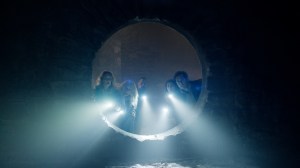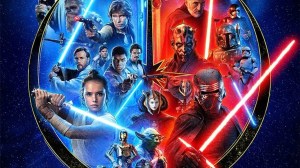The superhero genre has been dominating Hollywood for some time. With at least one superhero film released each year, we’ve also been getting numerous spinoffs and even TV shows based on these characters, ensuring that there’s no shortage of the genre. In fact, it could be said that it’s getting tiring now because there are so many of these films. While the films continue to grow in scale and budget, they’ve begun to feel increasingly repetitive, with the same approach and themes being recycled over and over again. However, every now and then, we get a superhero film that takes the risk and breaks the mold. Whether it’s through reimagining the characters or switching up the genre, we are given fresh films that stand out from the rest.
Videos by ComicBook.com
By defying expectations and challenging the way we think about storytelling, they breathe new life into the stagnant genre. From the first rule breaker of Christopher Nolan’s The Dark Knight films to getting to watch an animated Spider-Man adventure, we look at five films that have taken risks and proven that innovation can work, offering audiences something new and exciting.
The Dark Knight Trilogy
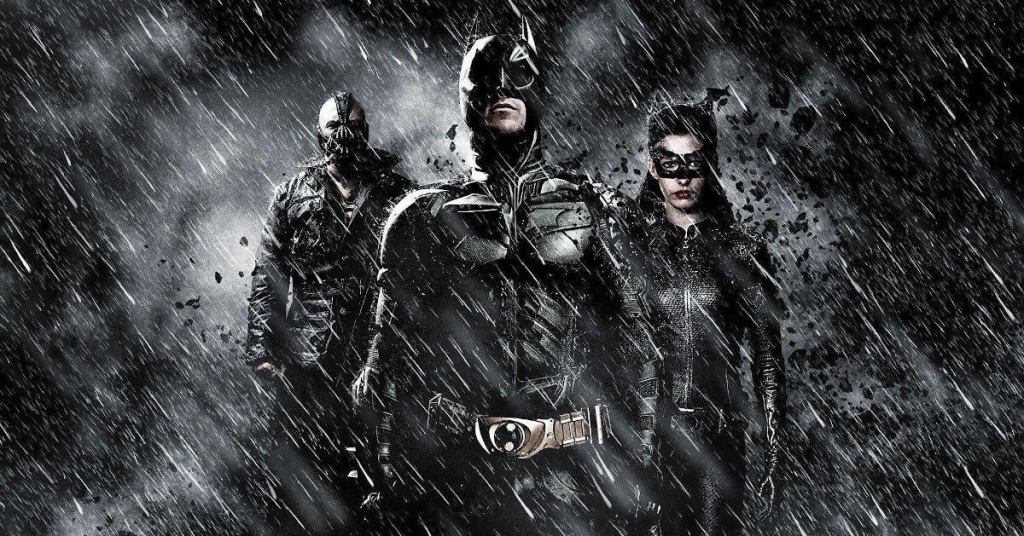
One of the biggest game-changers for the superhero genre has been legendary director Christopher Nolan’s The Dark Knight Trilogy. At a time when the genre was all about explosive action and flashy villains, Nolan took a completely different approach. He surprisingly gave us a realistic look into Batman and Gotham City. With Christian Bale taking on the role of Bruce Wayne, we were given an opportunity to witness Wayne’s deep psychological traumas and see the birth of Batman through this trauma. Alongside giving us plenty of action, Nolan also made us question the morality of Batman: a rich man taking justice into his own hands.
With Heath Ledger’s iconic portrayal of the Joker, the trilogy also gave us a deeper look into the villains. The overused cliché of good and evil was replaced with complex morality, blurring the lines between the heroes and the villains. By giving us a serious and realistic approach, Nolan opened the doors to new things in the genre. He proved a superhero film didn’t have to be exaggerated and that they could be thought-provoking and deeply emotional. The trilogy’s impact on the genre can still be seen in today’s Marvel and DC films and TV shows.
Deadpool

A lot of people were surprised when an R-rated Deadpool film was announced because, up until then, all the main characters in the superhero genre were typical heroes, and the films were certainly not R-rated. This challenged the idea that a superhero film had to be family-friendly for it to succeed. Even though Deadpool is classified as a superhero, he’s more of an antihero with an extremely violent nature and a foul mouth. So, was this going to work among the superhero films? Ryan Reynolds had been campaigning for a proper adaptation of Deadpool for years, and he wanted a film that fully embraced the character’s chaotic nature and dark humor.
The film’s self-aware comedy, over-the-top violence, and constant jabs at superhero tropes and cliches were welcomed by the audience with open arms. Director Tim Miller made sure that the film was able to stay loyal to the comic book while giving us a fresh story on the big screen. The first film made over $700-million worldwide with a small budget of $58 million. It became the highest-grossing R-rated film at the time and opened the door for more mature, unconventional superhero films.
[RELATED: Marvel Boss Reveals How Captain America 4’s Adamantium Plot Helps Set Up the MCU X-Men]
Logan
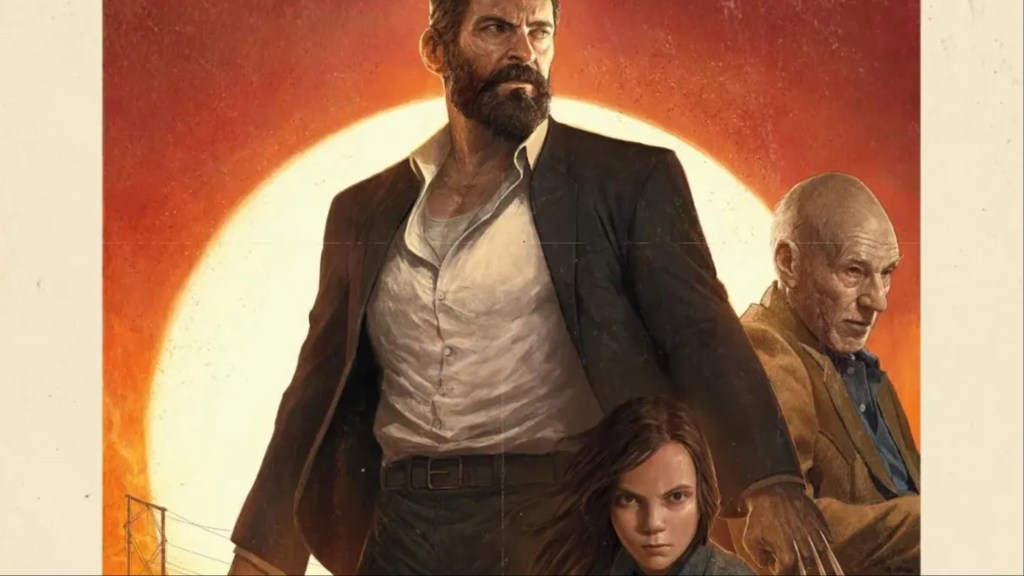
Following in the footsteps of Deadpool, the last Wolverine film, Logan, was also R-rated; however, Logan took it a step further with a new approach. Director James Mangold’s approach featured a darker and more violent tone, closer to the Western genre than that of the typical superhero film. We said goodbye to the emotionally violent Wolverine films with full costumes and typical villains. Even though it was a slower, more somber film, it still had brutal violence with deep existential themes, all of which were new to the superhero genre.
We saw a worn-down Wolverine compared to his charismatic previous roles, and we even saw Patrick Stewart’s heartbreaking portrayal of an aging Professor X. Jackman portrayed his best Wolverine so far and we got to see a raw and realistic superhero. This fresh approach allowed the film to explore mortality, legacy, and redemption, and it was a perfect finale for the iconic Wolverine character. By telling a mature and deeply personal story, Logan proves that the genre could benefit from new approaches.
Thor: Ragnarok
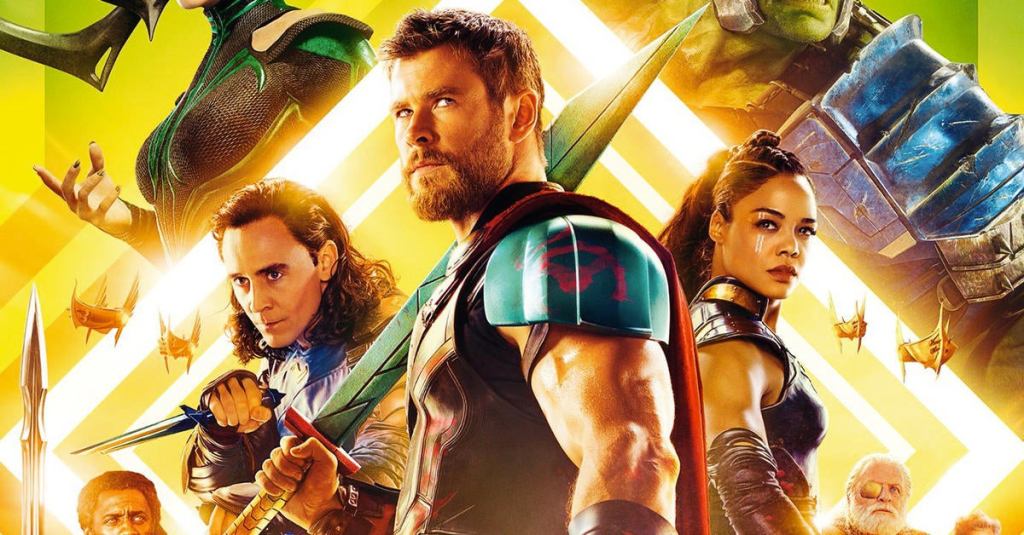
This was the Thor franchise’s third film, and it took everyone by complete surprise when it underwent a complete makeover. Director Taika Waititi took one of Marvel’s most serious and stoic characters and reinvented him through comedy, colorful visuals, and an unpredictable story. We saw Thor transform from a traditional Shakespearean character into a comedic superhero, and it worked amazingly. Hemsworth was able to give the character more charm while staying loyal to the essence of Thor. His comedic timing, paired with Jeff Goldblum’s legendary eccentricity as the film’s villain, was a perfect match.
With a complete makeover, not only of Thor, Waititi also added ’80s-inspired aesthetics to the film. Waititi’s focus on battle scenes are also important as he was able to add new things with his bold choices. The slow-motion battle scenes became instant classics and paired with retro soundtracks they’ve become unforgettable. We got even bigger action, more color, vibrant environments, and eccentric characters. By taking things up a notch, Waititi transformed Thor: Ragnarok into a visually stunning and wildly entertaining film.
Spider-Man: Into the Spider-Verse
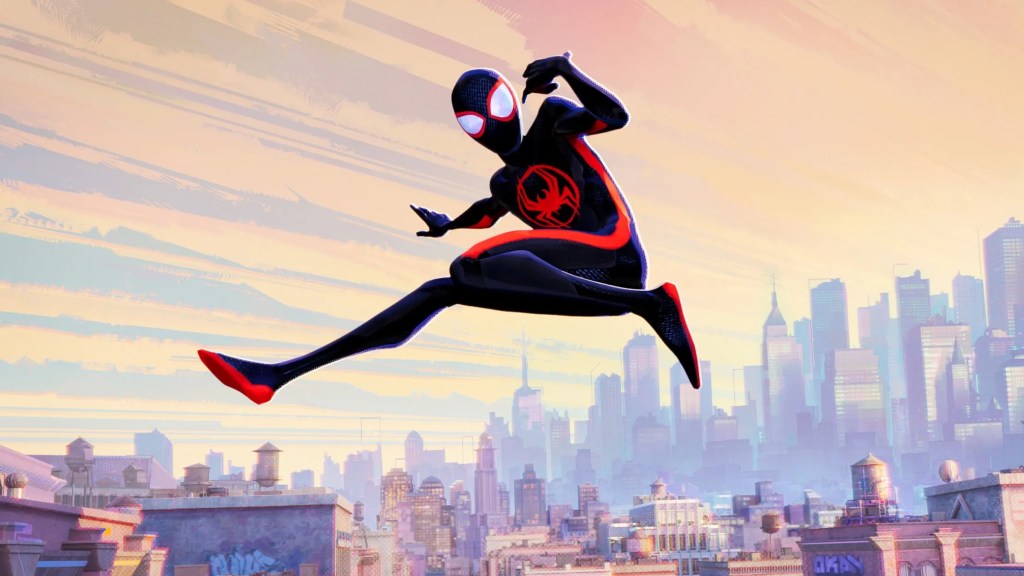
While animated superhero films had been successful in the past, few had the impact of Spider-Verse. Although Sony had already launched three different Spider-Man franchises, they added another one through animation this time and it paid off, the film made over $350 million at the box-office. Instead of the story centering around Peter Parker, our main character was Miles Morales in this film, which was groundbreaking because as a Black and Latino teenager, Miles was a much-needed representation in the superhero genre. This is extremely important because even though we’re getting more diverse superheroes in the comic books, we unfortunately don’t see that reflecting on the big screen.
The film’s animation stayed loyal to the comic book aesthetics and by using techniques like line work, painting and dots, it was given a hand-drawn look. Artists took the CGI frames and added 2D work on top of them, aiming to make each frame appear like a comic panel. And this blend of traditional and modern animation techniques gave the film a unique style. The film successfully blended comedy with deeply emotional scenes, and it went on to win the Academy Award for Best Animated Feature.

